Are Wireless Chargers Harmful to Your Health?
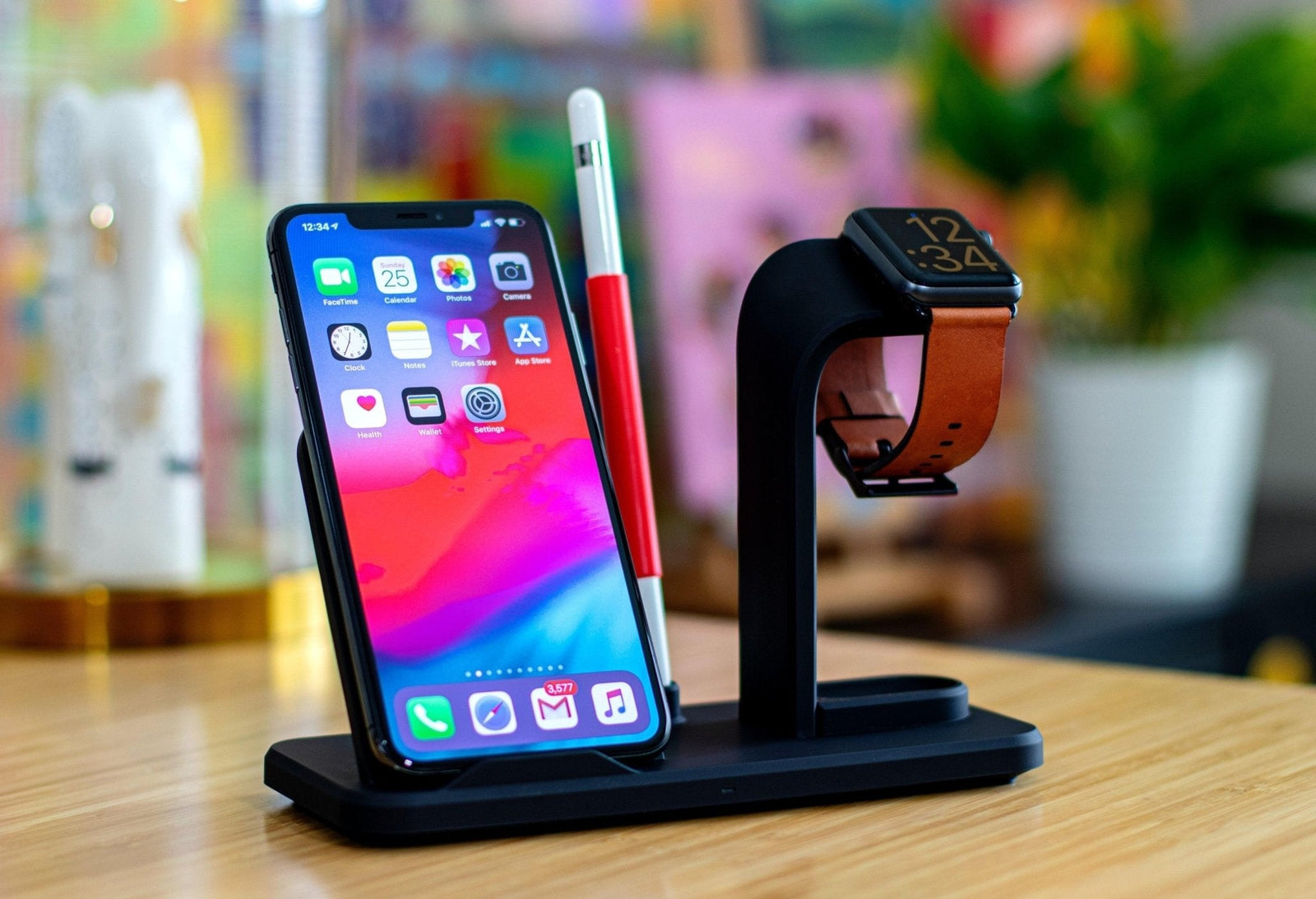
Wireless chargers are devices that let you charge your mobile phone without using a cable or wire. It has become more widespread ever since Samsung introduced wireless charging in 2015 and Apple released their iPhone 8 equipped with wireless charging.
Wirelessly charging your phone is merely for convenient purposes — but this isn't new. It's been around for a while — in fact, some appliances in your home utilize wireless charging. Rice cookers, toaster, blenders, coffee makers, air fryers and more, are powered by simply placing them over power transmitters installed in enabled induction cooktops or neatly hidden beneath any standard non-metal countertop surface, cooktop or table.
While wireless chargers have their pros, one of the concerns is if it's safe for your health. Are wireless chargers harmful? This article discusses how wireless charging works, its benefits, and if it poses health risks.
|
Crafted for heavy everyday use. Fast charges all Apple and Android devices. Charges up to 50% from 0% in 20 minutes. Automatic shutoff protects your device from overcharging. Shop Now |
How Wireless Charging Works
With wireless charging, a wire is connected from the charger to the outlet. But there is no cord needed to charge your phone. You just simply need to place the mobile phone on the charging pad to charge the device.
There are three types of wireless charging technology: magnetic induction, resonant wireless charging, and radio frequency (RF) wireless charging.
Magnetic Induction
Magnets make it possible to wirelessly charge your phone. This material produces a magnetic field, which allows it to transmit electricity. With the magnetic induction, it uses low-frequency magnetic oscillation between 110 to 205 kHz, enough to generate electricity within the magnetic field. The other magnet has to be close so that they overlap, and transfers powers easily.
How it works is that when your mobile phone is placed directly on the charging pad that has a transmitter coil, it charges by intercepting the energy created by the charging pad. Compared to other types of wireless charging, magnetic induction is highly efficient. When the coils are perfectly aligned, up to 60 percent of electricity is transferred to the coil. The main disadvantage is that the coils have to be aligned. Consider turning off the vibrating alert of your mobile phone if you want to use the wireless charger. A vibration can move your phone and affect the efficiency of your wireless charger. Also, that may emit more EMF radiation.
While it's efficient to use magnetic induction for wireless charging, it does have its challenge. Safety is a concern as transmitting electricity through the air has some risks. But don't worry as there is the Qi standard which makes wireless charging perfectly safe. Most smartphones use this standard to ensure that charging their devices wirelessly is safe.
You're not emitting EMF when the wireless charger is not in use. That means that it's harmless. However, it emits about 3mG of EMf when in use. Never use your mobile devices while it's being charged as that may be harmful to you. It'll be difficult to use it too when it's on top of the charging pad. While your wireless charger can emit radiation, the effects are minimal and you don't have to worry about it. Just ensure that you always follow the manufacturer's recommendations on how to properly use the wireless charger.
Resonant Wireless Charging
To improve magnetic induction, MIT came up with a more efficient way of transferring energy through resonant wireless charging. Compared to magnetic induction, resonant wireless charging can generate a higher frequency, about 6000 Hz. It's also inductive as their process for transmitting energy is similar. One of the biggest benefits of resonant wireless charging is that multiple devices can charge so long as they are within close proximity, and there is a greater distance between the coils. However, the efficiency is reduced to about 15 percent when there is flux leakage. That means that charging your mobile phone will take longer. Also, there is more EMF radiation exposure to the user.
Radio Frequency Wireless Charging
With this technology, the charger produces radio frequencies instead of magnetic fields. It transmits energy to your device and is converted to electricity via radio frequency. One of the advantages of using RF wireless charging is that it allows increased distance between the charging pad and your mobile phone and it can also charge more than one device at a time. However, it can be harmful as it sends EMF waves at greater distances.
What You Need to Know About KEUTEK Qi Wireless Charging
The Qi wireless charging standard is the only standard adopted by mobile phone manufacturers. It's not the only available method but it's the most supported by major companies such as Samsung and Apple.
How it works:
Published in 2010, the Qi standard is an inductive method of wirelessly charging your devices. This standard ensures efficiency and safety while wirelessly charging your devices.
Like the inductive method, it needs two components for charging your devices: the induction coils. When a magnetic field is produced, it creates electricity in the coil, and the current flows to the other coil and charges your phone.
Most manufacturers such as Samsung and Apple prefer the Qi standard for wireless charging as it's more cost-effective for them. Also, inductive charging is highly efficient and only involves smaller components.
How to Use Qi Wireless Charging
While the Qi standard is efficient, the device needs to be precisely aligned with the receiver device. Some manufacturers include multiple charging coils to correct this but your phone still needs to be placed in a precise manner so that it lines up with the charging coils. There are guide marks to show the user how to place the mobile phone for efficient charging. It's also easy to use the Qi wireless charging — simply plug the device into the wall or in the outlet of your car and place your phone on top of the charging pad. The device is charged so long as it stays in place.
To know if your phone is Qi-enabled, try to check the hardware specifications or your manual. You can also check the manufacturer's website or simply search this database. One downside to the Qi standard though is that it's slower than wired charging. If you're in hurry, you may want to consider getting a cable instead.
Should You Really Worry About EMF Radiation? What Are the Benefits of Wireless Charging?
Some users switch to wireless chargers because of the benefits that come with them. The only drawback is that it can emit EMF radiation — however, it's actually not enough to harm you. You're safe so long as you are not using your mobile phone while it's being charged wirelessly.
Exposure to EMF radiation is harmful to your health as it leads to serious health issues including damage to your DNA. With wireless charging, it only creates a small magnetic field, about 15 watts only, and isn't a cause for worry.
Below are some of the benefits of wirelessly charging your cellphones:
Safety
Unless you're always in a hurry to charge your phone, wireless charging may be right for you. Compared to a wired charger, it may take longer to charge your phone. This is actually good for your device — that means that you get to preserve your battery's lifespan. It can save you money in the long run as there is no need to keep buying batteries.
Reduces Clutter
Having a charging pad can make you look organized, and not having to use all those cables for different phones can significantly reduce clutter. You can keep those cables for emergency purposes, like when your wireless charger malfunctions. We suggest that you buy it from a trusted store to ensure that your wireless chargers are in excellent shape and last longer.
One Charger for Different Devices
If you have two or more phones from different manufacturers, that means that you may need different cables for that. With a wireless charger, you can charge your phone from one single device, which is highly convenient. Thanks to Qi wireless charging standard that makes it is possible to charge multiple devices with just one wireless charger.
Using a wireless charger is generally safe. However, if you're still concerned about EMF radiation and won't be comfortable using the device, we suggest that you use cables instead. Wired chargers do have their benefits too and they may charge faster than wireless chargers.
Because we may be too exposed to radiation, it may be better to also use wired chargers to reduce your exposure.
Should you decide to buy wireless chargers, please do make sure that you know how to use them properly. Always read the labels and follow the manufacturer's recommendation on how to use the device. Never use your mobile phone while it's being charged to prevent exposure to magnetic field radiation. As much as possible, keep it outside of your bedroom too.
|
At 5.8mm, this is the slimmest and strongest wireless charging pad on the market. Delivers 15W of Qi wireless charging power. Charges 50% faster than ordinary wireless chargers. Shop Now |
Are You Ready for the Wireless Charging Technology?
If you want to try wireless charging for convenience, please don't hesitate to check out our online stores. We sell the world's most efficient chargers. Our team at Keutek is committed to providing the best products in the market and we aim to consistently exceed expectations. We have fast charging wireless pads and fast charging adapters to help you quickly charge your mobile phones. Are you ready to purchase a wireless charger? Visit us today!
Frequently Asked Questions
Do wireless chargers emit harmful radiation?
Wireless chargers use electromagnetic fields (EMFs) to transfer energy, but the radiation they emit is extremely low. These EMFs are non-ionizing, which means they don’t have enough energy to damage your cells or DNA. Regulatory bodies like the FDA and WHO consider wireless chargers safe for daily use. Their radiation levels are far lower than what you’re exposed to from Wi-Fi or mobile networks.
Can wireless charging cause cancer?
Current research shows no evidence that wireless charging causes cancer. Wireless chargers emit low-frequency, non-ionizing radiation, which is not strong enough to alter human DNA. This is different from ionizing radiation, like X-rays or UV rays, which can pose health risks. As long as you use certified chargers and follow the manufacturer’s instructions, the risk of any serious health effects remains extremely low.
Is it safe to keep a wireless charger near my bed?
Yes, it is generally safe to place a wireless charger near your bed. The electromagnetic field generated is very localized and weak, losing strength quickly with distance. However, if you want to minimize exposure, you can keep the charger slightly away from your head while sleeping. Overall, the EMF levels from wireless chargers are well within international safety guidelines for everyday use.
Can wireless chargers interfere with medical devices like pacemakers?
Wireless chargers may interfere with pacemakers or other implantable devices if placed extremely close. Manufacturers recommend keeping wireless chargers at least 6 inches (15 cm) away from pacemakers to avoid any potential electromagnetic interference. If you have a medical implant, always follow your doctor’s advice and the device manufacturer’s safety guidelines when using any wireless charging accessory.
Are wireless chargers safe for children and pets?
Yes, wireless chargers are generally safe for children and pets because they emit very low-level, non-ionizing EMFs. However, as with any electronic device, it’s best to keep chargers out of reach to prevent chewing, dropping, or accidental damage. Safety risks come more from electrical hazards or heat than from radiation. Using certified, high-quality chargers ensures a safe experience for the whole household.




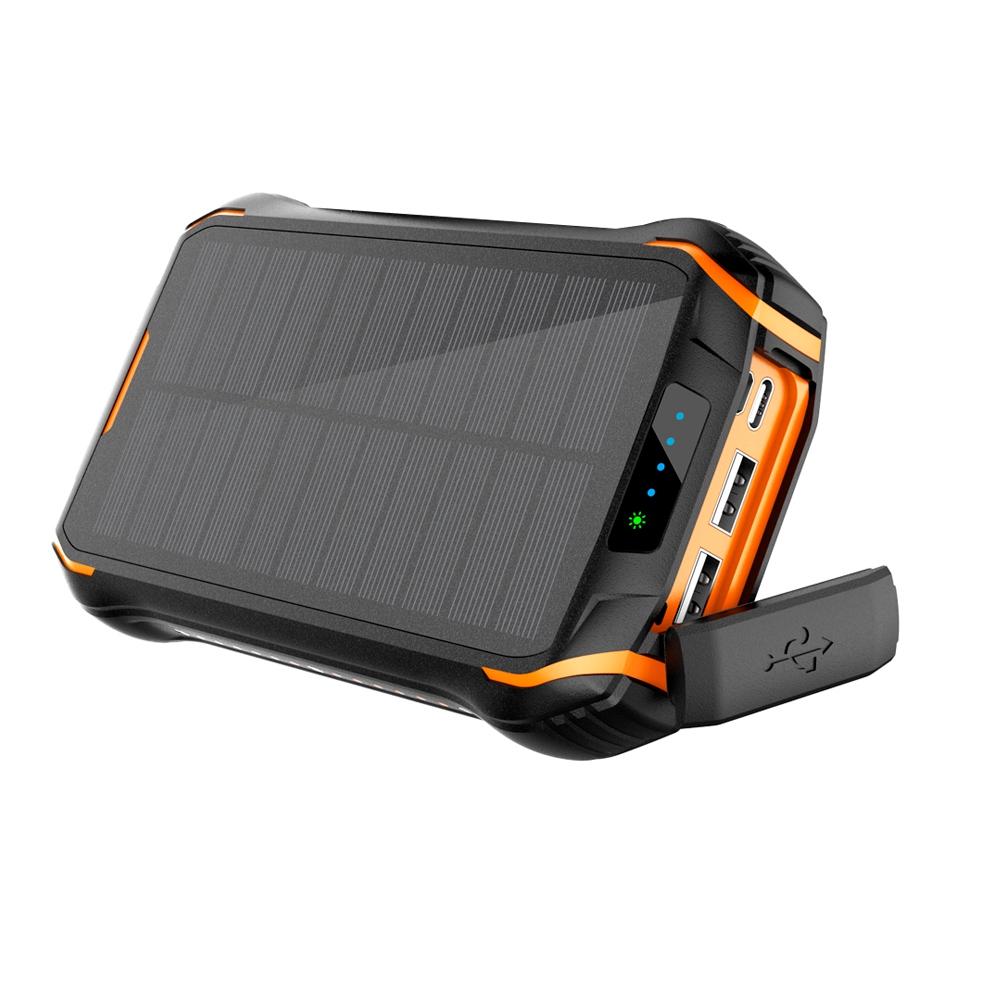
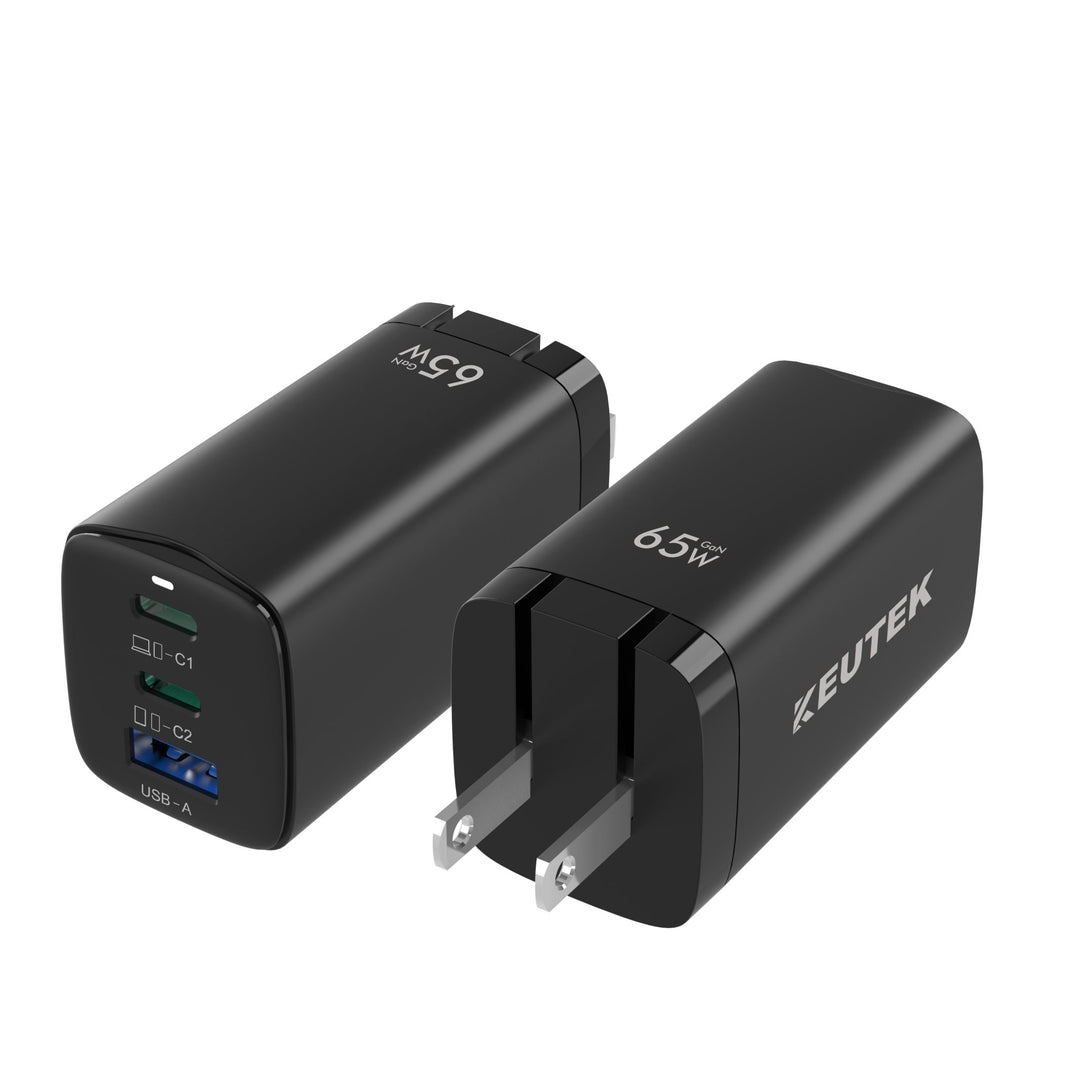
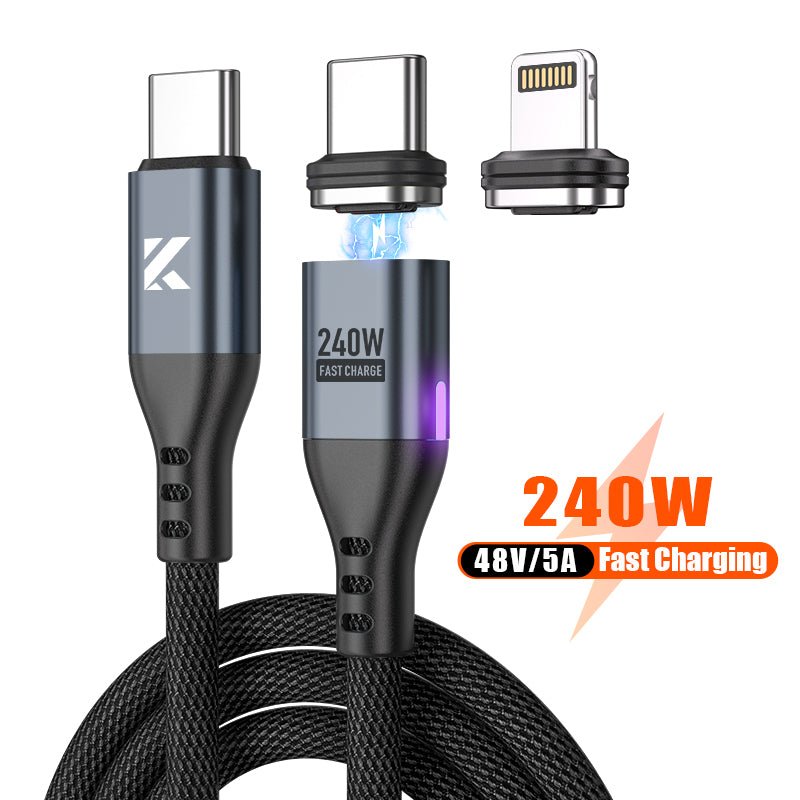
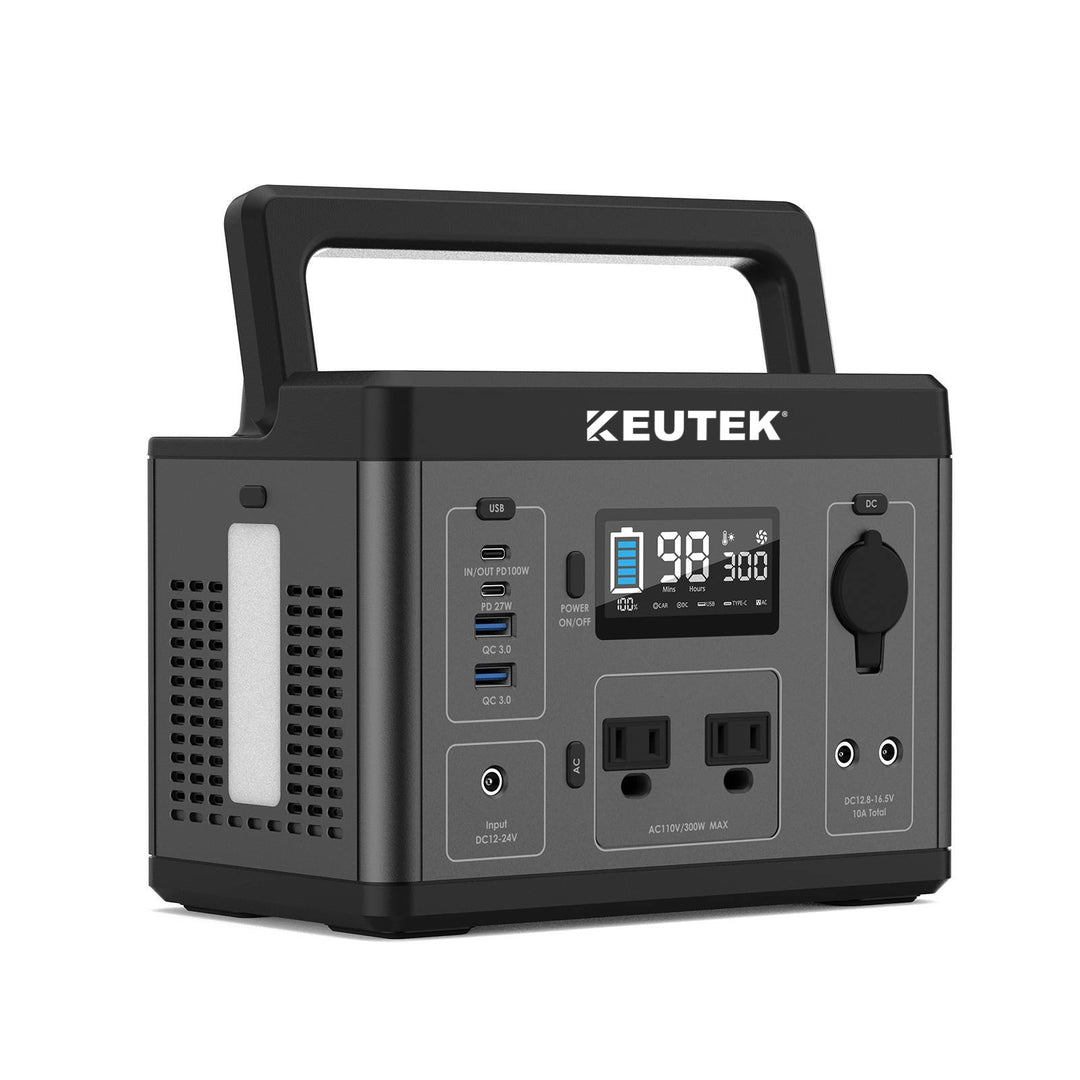
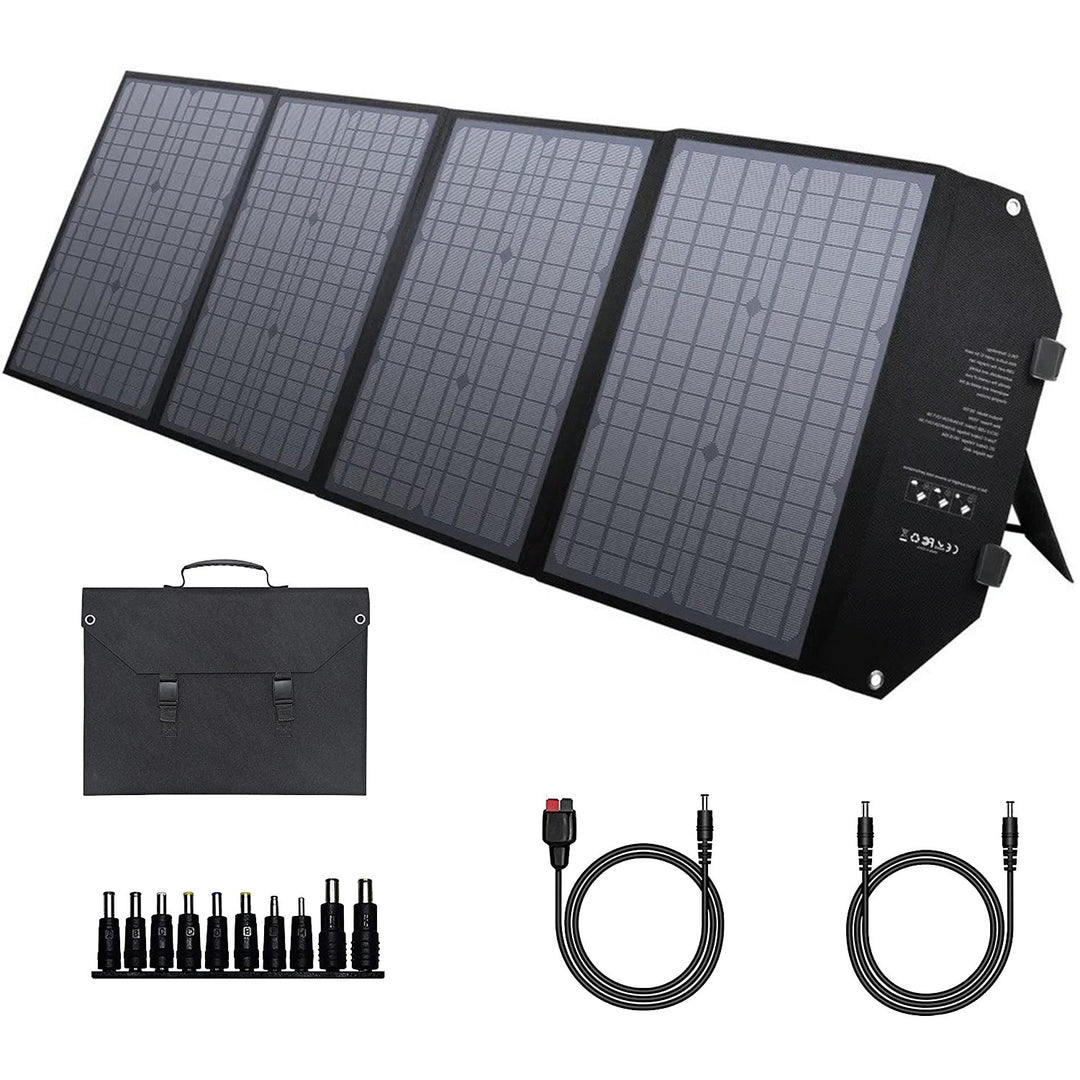
Leave a comment